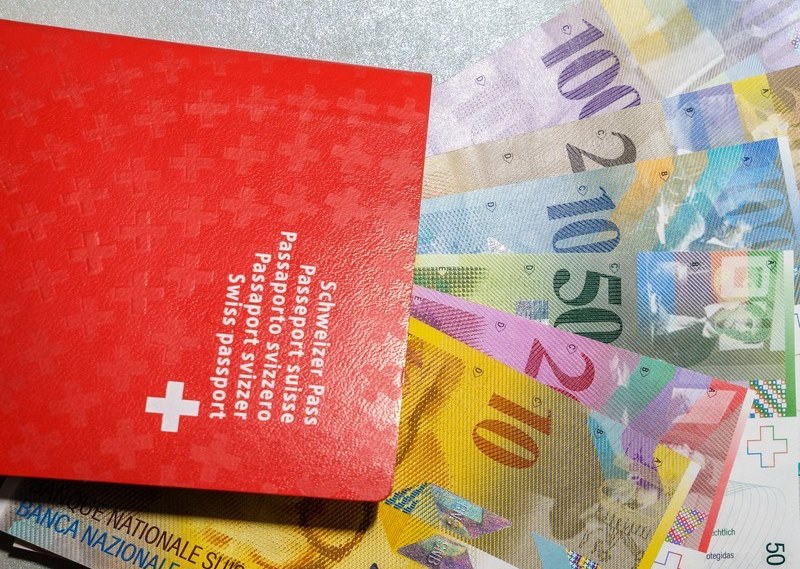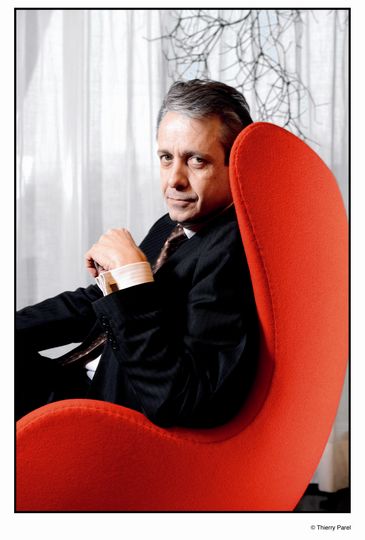Karl Marx said that “although gold and silver are not by nature money, money is by nature gold and silver”. Maybe gold and silver are not by nature money, but they have been the first form of money, and they have a fair chance to be the last form of money too. One thing is sure: Gold is the only currency that no central bank can print, and that is the main reason why investors should allocate part of their wealth to gold.
From 1980 to 2000, prices for commodities dropped substantially, not only in nominal but also in real terms, e.g. inflation adjusted. Thus, the commodity rally of the past few years is merely a re-pricing back to normal, but by far not yet a bubble. At current levels, commodities can be considered as “fairly priced”.
Western central banks have recently slowed down their gold sales, while those in emerging markets will need to buy.
Take Russia as an example. In November 2005, Vladimir Putin endorsed the plan of the Russian Central Bank to double the share of gold in Russia’s reserves from 5% to 10%. But although the price of gold has doubled since, it only represents 2.8% of today’s reserves. This “abnormality” can be explained by the fantastic growth of total reserves in Russia, which rose tenfold in five years, but it still leaves gold reserves far short of Mr. Putin’s desire. And that’s not all.
If all the BRIC countries wanted to hold 10% of their reserves in gold, they would need to buy a bit more than the total reserves of the U.S.A., which holds 80% (!) of its reserves in gold! How long will China be happy with a handful of gold but its hands full of U.S. treasury bills? Money supply policy by Western Central banks has become extremely expansive since the beginning of the subprime crisis.
The money printing presses must be overheating these days. The last century showed two extreme examples of what can happen if central banks print too much money. In 1923/24, German’s fed their ovens with banknotes because they were cheaper than firewood. In 1993, the Yugoslavian Central Bank had to print a 500 billion Dinar banknote. I’m not saying that we are heading towards the 500 billion USD banknote. But it is a fact that money devalues over time. Since 1910, the USD has lost more than 95% of its purchasing power due to inflation. Gold protects against inflation, because “one ounce of gold would always purchase a quality man’s suit, be it at the conclusion of the Revolutionary War, the Civil War, the presidency of Franklin D. Roosevelt, or today” (Peter A. Bushre).
Investors should hold about 10% of their assets in gold – not to become rich, but to stay rich. I expect gold to consolidate for a few months in the 800-1000 zone before the uptrend resumes. My minimum target is 1500 USD an ounce by 2010.
“You have to choose, as a voter, between trusting the natural stability of gold and the natural stability and intelligence of the government. With due respect to these gentlemen, I advise you, as long as the capitalist system lasts, to vote for gold” (George Bernard Shaw).













